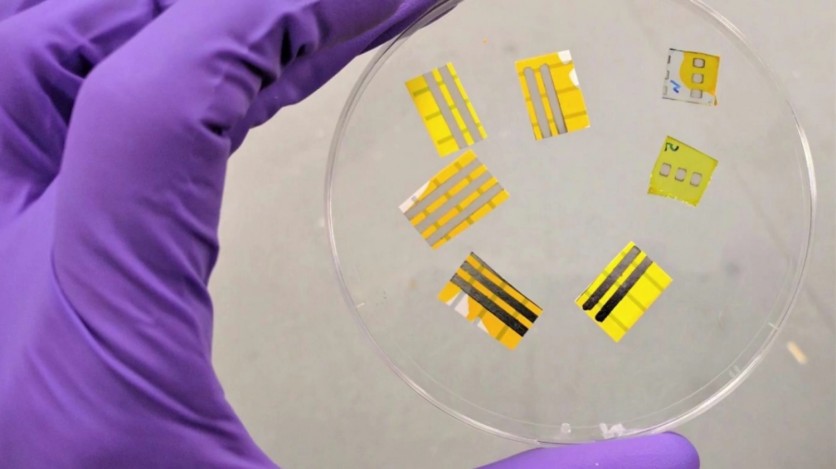
Researchers from Europe discovered that a glowing, smart tattoo borne out from the OLED technology can serve different uses for humans. The OLED tattoo can be used for monitoring body functions and signaling that your body needs water.
Like any other tattoos which can be removed through washing, this light-emitting tattoo is similar to it. Once you want to remove it, rubbing it with water and soap will do the work for you.
How Do OLED Tattoos Look Like?
The European scientists from the Italian Institute of Technology and the University College London (UCL) collaborated to make this meaningful project possible. The technology of adding light-emitting diodes in the devices like smartphones and appliances like televisions were not anymore new to the scene.
However, the researchers took OLED to a new level by incorporating it into human skin. According to a report by New Atlas, the electroluminescent polymer has a thickness of 76 nm. It functions as a light emitter when it is exposed to an electrical field. The group of electrodes that were insulated is applied to a tattoo paper.
The end-product will be a 2.3 mm-thick tattoo. It may sound so 'technological' to begin with, given that it resembles a microchip inserted into a body. But, the OLED tattoo is surprisingly a body accessory, just like a temporary tattoo engraved to the skin.
During the demonstration, the researchers did an experiment by putting a green OLED tattoo on the glass part. In addition, they also used an orange plastic bottle as a subject, together with paper packaging.
The Big Purpose of OLED Tattoos in Several Areas
According to the senior author of the study, Franco Cacialli, a professor from UCL, the OLED tattoo can be integrated with different electronics related to tattoos. Cacialli added that this creation could also be a jump to open a portal for other purposes. Besides, it is often used as body art or decoration.
For fashion, glowing tattoos are the common stuff that you can see together with LED-powered fingernails. Its purpose could only extend beyond sports, where it could be a potential sensor for sweating patterns and dehydration monitoring.
In healthcare, the OLED tattoos could be merged with photo-sensitive therapies that can be used for cancer treatment.
Its uses could only go as far as food preservation, as experts conducted a test where it could be applied to fruits. It warns the people when the food is already expired.
For researchers, what's next will be its integration with a battery so devices will be much more usable when it comes to durability. Truly, future tests will be conducted so scientists can see what could be the next purpose for these tattoos.
"Our proof-of-concept study is the first step. Future challenges will include encapsulating the OLEDs as much as possible to stop them from degrading quickly through contact with air, as well as integrating the device with a battery or supercapacitor," Cacialli said in a report by Digital Trends.
Related Article: Stressed Because of Work? This Wearable Measures Cortisol Levels Through Your Sweat
This article is owned by Tech Times.
Written by Joen Coronel
ⓒ 2026 TECHTIMES.com All rights reserved. Do not reproduce without permission.




